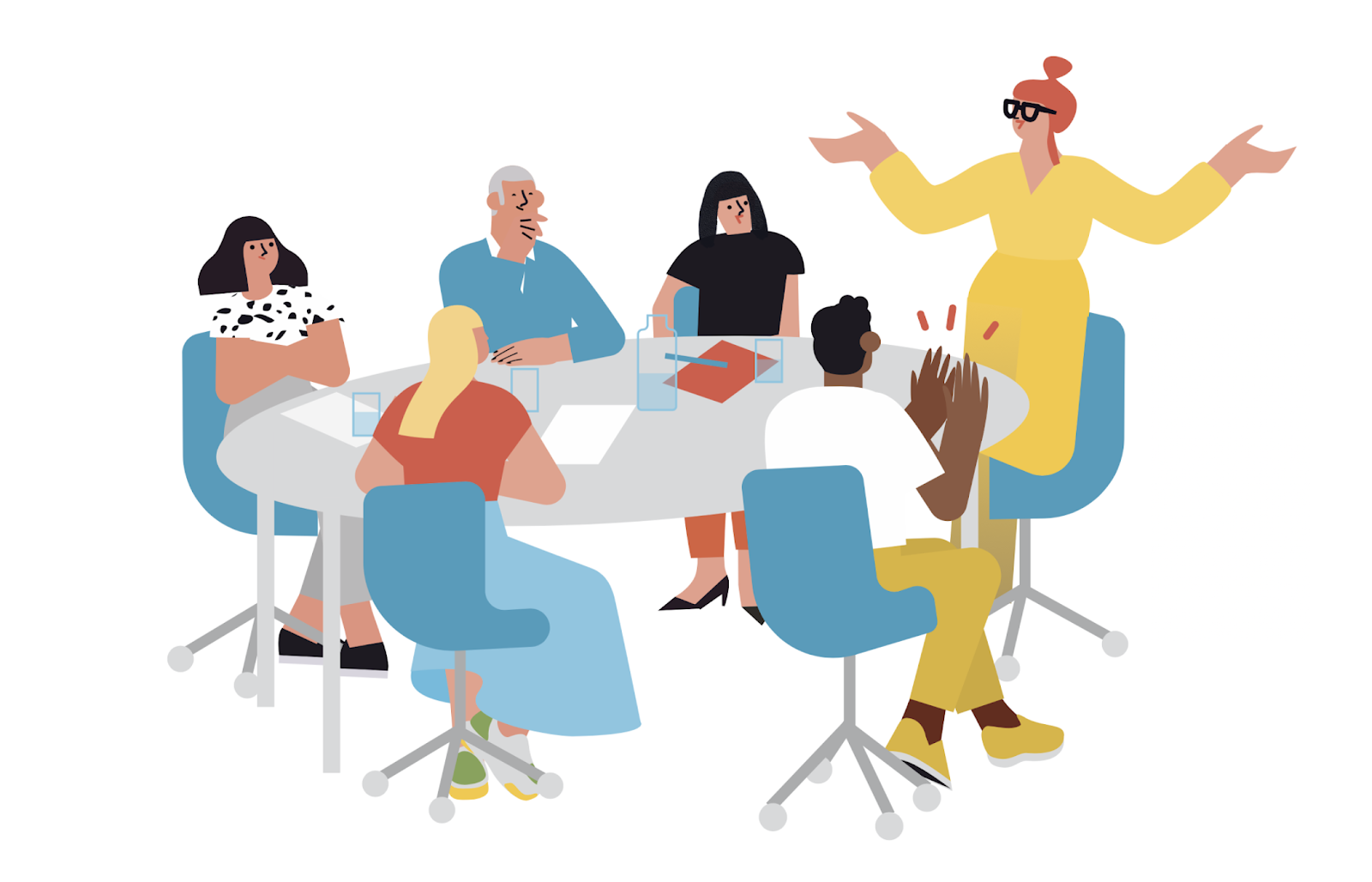If you have heard or said some of these comments, know that you're not alone.
Atlassian - the collaborative software company, reported that on average, 50% of meetings are considered unproductive and a waste of time (Atlassian's infographic).
This lack of productivity results in an estimated $37 billion USD in salary costs in the United States alone. It’s easy to assume that the real global cost is much, much higher.
The Simple Sabotage Field Manual
This sense of meeting fatigue we experience strangely echoes back to a booklet declassified by the CIA. Published in 1944, The Simple Sabotage Field Manual described ways for everyday citizens to sabotage the US’ World War II enemies.

The manual (available on CIA's website) suggests simple behavioural techniques such as:
When possible, refer all matters to committees, for “further study and consideration.”
Attempt to make the committees as large and bureaucratic as possible - never less than five.
Hold conferences when there is more critical work to be done.
Make “speeches.” Talk as frequently as possible and at great length. Illustrate your “points” by long anecdotes and accounts of personal experiences.
It’s troubling to think that what used to be considered sabotage techniques some 80 years ago, has become part of the everyday routine for many of us. Has the workplace been taken over by patented saboteurs?
The negligence hypothesis
Of course not, organizations haven’t been flooded with intentional saboteurs. Data leads us to another hypothesis: that we seem to be collectively negligent with the very basics of teamwork. We tend to embark on big and ambitious projects, neglecting the quality of our small, everyday interactions.
In fact, the CIA did an objectively good job in identifying how to destroy a team’s productivity by acting in the small, at the level of team interactions. The techniques they suggest undermine two of the most fundamental requirements of collective performance, technically described years later by leading academics and researchers.

1. Trust
More precisely the concept of psychological safety: the belief that the team is safe enough for interpersonal risk taking (Edmondson, 1999).
The team is a safe place. Members carefully nurture strong, trust-based relationships.
Symptoms of psychological safety neglect:
- Lack of trust between colleagues
- Fear: It’s difficult to speak up
- Disengagement
- Over-collaboration
- Lost joy of working together
Psychological safety –a variation of trust– was introduced to the organizational sciences in 1965 by Schein and Bennis, both professors at the MIT Sloan School of Management at that time, and continues to be empirically developed today by Amy Edmondson, Professor at Harvard Business School.

2. Mutual knowledge
Or a team's common ground: the sum of team members’ mutual, common, or joint knowledge, beliefs and suppositions.
Information flows transparently among team members. Knowledge is shared.
Symptoms of common ground neglect:
- It’s unclear who does what
- Priorities keep changing and no one can figure out why
- Projects duplicates and projects overlaps
- Team members work in silos
Empirically developed by Herbert Clark, Professor of Psychology at Stanford, the concept of common ground has been introduced by the philosopher Robert Stalnaker in 1978, an MIT Professor who based his work on older notions that included common knowledge (Lewis, 1969), and mutual knowledge (Schiffer, 1972)
Are meetings really the problem?

Meetings seem to be problematic but we believe that they're not. They are just the place and time where both these neglects are made public. Criticizing meetings is like complaining about the plate if we don't like a dish. Meetings as such are neither good nor bad, it all depends on what we do with them.
To improve our effectiveness as a team, what should be reviewed is:
- What we say and
- How we behave in meetings.
It’s not a victory to have fewer, shorter, and lighter meetings if business problems remain unaddressed.








